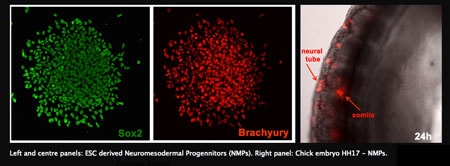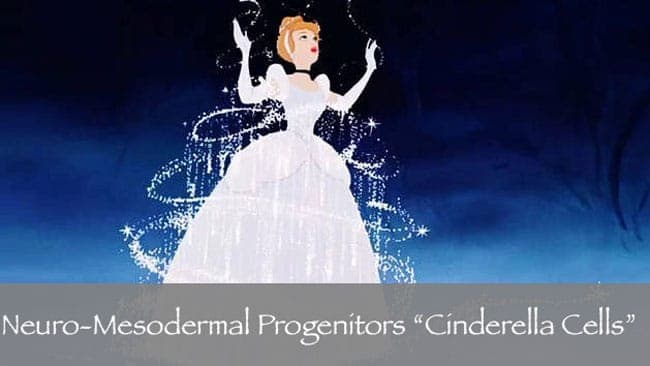The human spinal cord,skeleton cells and muscle cells are all created from cells known as NMP’s or neuro-mesodermal progenitors. The formation of these vital cells has remained a mystery until now. These cells are created in a complex yet carefully timed signal by a growing embryo which instructs the neuro-mesodermal progenitor cells to differentiate into the various types of cells needed for our musculoskeletal system.
Cinderella Stem Cells
In the past, researchers have been able to differentiate cells into muscle,skin,nerve and bone cells from stem cells in the laboratory but they have not been able to create the NMP cells in the past. Stem cell researchers currently have the capability to grow liver, heart and brain tissue in the lab environment but never NMP cells despite the fact that NMP’s were first discovered over 100 years ago.
NMPs were regarded as very mysterious thereby earning the name of “Cinderella cells.” These cells are significant because they are the source of our spinal cord and are found in the majority bones and muscle tissues in our bodies.
The ability to recreate these cells in the lab will result in much better functioning cells as opposed to previous experiments that forced the creation of NMP cells directly from stem cells. By mimicking nature researchers are able to create cells that bear a much closer resemblance to naturally created bone,muscle and nerve cells.


The creation of these “intermediate” NMP cell has not been possible until now. To create the NMP cells,researchers at the MRC National Institute for Medical Research at the University of Edinburgh carefully examined then imitated the natural process in a petri dish, differentiation mice cells at first then human stem cells into becoming functioning NMP cells that eventually formed into spinal cord cells.
The breakthrough came when researchers found a way to trick the stem cells into this intermediate stage cell before turning them into fully functioning muscle and spinal cord cells.
The researchers also noted that the discovery is an important step in the right direction as they continue to investigate all the potential paths and pitfalls associated with this particular type of cell. In-depth knowledge of the early developmental stage of NMP cells will probably play a significant role in supplying future researchers knowledge on how to better treat patients with partial or full paralysis due to spinal cord injuries or Traumatic brain injuries.
To learn more about Neuro-Mesodermal Progenitor Cells please contact us today.

